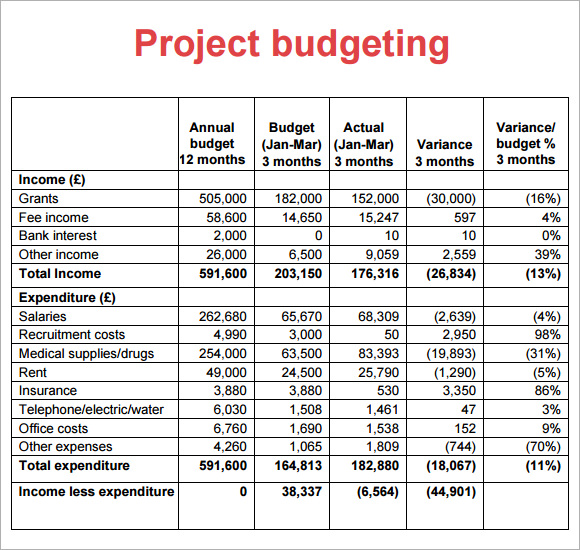

Factoring in staffing needs into the budget is important, as is providing accountability for the work and impact of these roles.įrom year-to-year, each unit involved in the DEI Strategic Plan, as well as the Campus level efforts, determine their annual budgets, including the ways that DEI will be supported. This work is not separate from other work of the institution, but requires specific knowledge and skills as well as time and effort at both a strategic level and an operational level. Staffing DEI efforts varies across the university. While select DEI initiatives receive central funding to advance their success, every unit is expected to plan, coordinate and fund its own DEI efforts across the key strategic areas of recruitment & retention, education & scholarship, and building an inclusive and equitable community. In this way, DEI is institutionalized as part of budget planning rather than as a separate, additional funding discussion. Once formal budget requests and rationales have been submitted and reviewed, the Chief Diversity Officer meets with the university’s Office of Budget and Planning (OBP) to discuss DEI funding. This may involve consultation with the Office of Diversity, Equity and Inclusion, or with units such as the Center for Research on Learning and Teaching or the Center for Educational Outreach. To facilitate planning at the unit level, Deans and Unit Directors are encouraged to consult with their DEI Leads and others early in the year to discuss upcoming plans, programs and funding needs. The CDO also confers and collaborates with deans and unit directors, to discuss strategies for integrating DEI work as part of the unit’s budget plan. The Chief Diversity Officer became part of the executive-level budget approval process for the university as a whole, with a voice in every major funding decision.

The first step in assuring continuous and strategic funding for DEI, both campus wide and at the unit level, involved modifying the university’s budget procedure. The U-M’s decision to make DEI a component of every budget is based on the understanding that effective culture change requires an ongoing commitment of time, talent and dollars, and that change efforts cannot be separated from the budgeting process. Our current DEI Strategic Plan has served to shine a light on the need to be more intentional and transparent about DEI as part of the institution’s budget and budgeting process.
BUDGET PLANNING PROGRAMS PROFESSIONAL
Investing in additional efforts related to teaching & learning, professional development, and educational outreach to the K-12 community helps us achieve our mission as an institution. It is core to work that supports upholding federal laws such as Equal Opportunity Employment and Title IX. In many ways, DEI work is closely integrated with other core functions of the institution, such as recruiting, admissions, financial aid, and instruction. Perhaps most important, it assures participation and accountability by every academic department and administrative unit. It affirms the value and work of unit-based DEI leads. It keeps campus leadership focused on the goals and principles of diversity, equity and inclusion. It encourages Deans to have direct discussion and collaboration with faculty and staff about DEI as a function the budget supports. This structural change in funding protocol encourages every unit to include specific requests for DEI initiatives and to consider how DEI can be integrated into existing functions.įor the Office of Diversity, Equity and Inclusion (ODEI), it provides a point of consultation and assessment. At the U-M, this was achieved by making the Chief Diversity Officer (CDO) an integral part of budget meetings with Deans and Unit Directors.


 0 kommentar(er)
0 kommentar(er)
